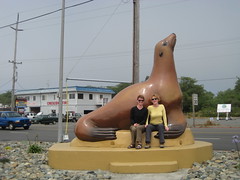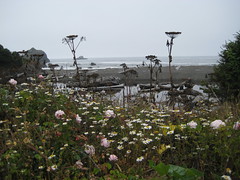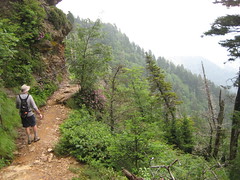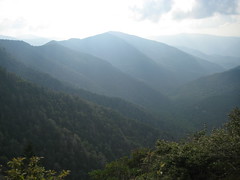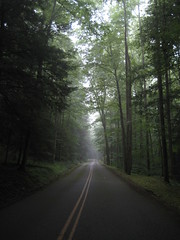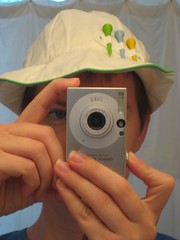
I've been doing the Track Your Happiness project. This is actually a Harvard study you can sign up for, and as an incentive to participate you get to see your individual data. They send texts three times a day to your iPhone, and you report how happy you were just before the text and answer a few other questions. After you fill out enough, you get a summary report. You get six months off, and then you're "it" again.
The results are somewhat interesting. For example, there seems to be no relationship between my happiness level and the day of the week, my degree of focus (that's the chart you see here), or my sleep quality. I am happier when I am outside than inside, and when I am with others instead of alone - but I'm happiest with just one other person.
It is not surprising that I am happiest when I am doing things I want to but don't have to and less happy when doing things I don't want to and don't have to. (Note to self: Why was I doing them?) Nor is it surprising that I am happier with my friends than with acquaintances.
The amount of sleep I get seems to increase my happiness until I get to six hours, and then it drops off. I suspect this is because I only get a lot of sleep when my period is approaching and I have cramps, which obviously are not a thing that leads to happiness. I can't sleep that much if I try the rest of the time.
They also track your location and what you are doing in relation to happiness, but many of these happen infrequently enough that I can't conclude anything. Most of the activities are pretty bunched together, with the result that housework and eating have the same happiness score. Of frequent activities, working and exercise result in the highest happiness scores of anything that occurred many times.
One challenge I have found is that I am often out of cell phone range. For example, when my sister and I were in the Redwoods, I was out of range for three days. You're supposed to respond late rather than never, but after three days I had no idea how exactly I'd felt at, say, 11:39 a.m.! The only reason I am out of range for that long is because I am out somewhere in nature, so there's no measure of how happy I am when camping, for example.


